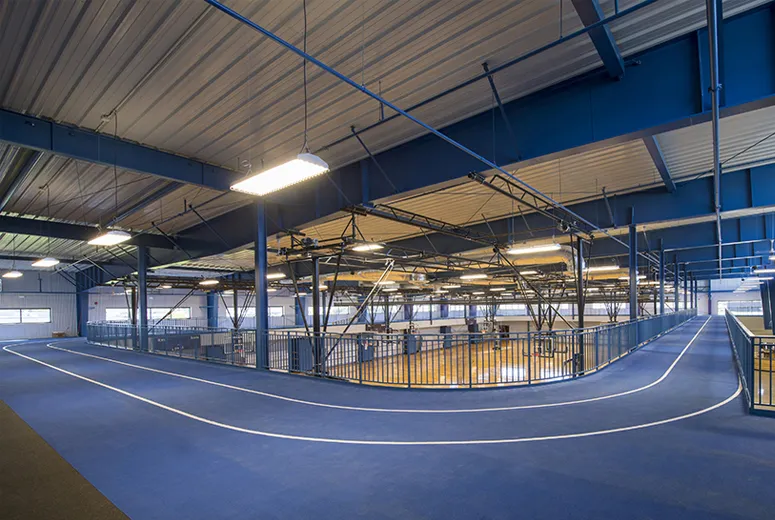- Afrikaans
- Albanian
- Amharic
- Arabic
- Armenian
- Azerbaijani
- Basque
- Belarusian
- Bengali
- Bosnian
- Bulgarian
- Catalan
- Cebuano
- Corsican
- Croatian
- Czech
- Danish
- Dutch
- English
- Esperanto
- Estonian
- Finnish
- French
- Frisian
- Galician
- Georgian
- German
- Greek
- Gujarati
- Haitian Creole
- hausa
- hawaiian
- Hebrew
- Hindi
- Miao
- Hungarian
- Icelandic
- igbo
- Indonesian
- irish
- Italian
- Japanese
- Javanese
- Kannada
- kazakh
- Khmer
- Rwandese
- Korean
- Kurdish
- Kyrgyz
- Lao
- Latin
- Latvian
- Lithuanian
- Luxembourgish
- Macedonian
- Malgashi
- Malay
- Malayalam
- Maltese
- Maori
- Marathi
- Mongolian
- Myanmar
- Nepali
- Norwegian
- Norwegian
- Occitan
- Pashto
- Persian
- Polish
- Portuguese
- Punjabi
- Romanian
- Russian
- Samoan
- Scottish Gaelic
- Serbian
- Sesotho
- Shona
- Sindhi
- Sinhala
- Slovak
- Slovenian
- Somali
- Spanish
- Sundanese
- Swahili
- Swedish
- Tagalog
- Tajik
- Tamil
- Tatar
- Telugu
- Thai
- Turkish
- Turkmen
- Ukrainian
- Urdu
- Uighur
- Uzbek
- Vietnamese
- Welsh
- Bantu
- Yiddish
- Yoruba
- Zulu
डिस . 03, 2024 17:34 Back to list
Building an Agricultural Barn A Comprehensive Guide
Agricultural barns are quintessential structures that serve numerous roles in the farm ecosystem. These buildings are not only functional but also symbolize the heart of agricultural life, providing shelter for livestock, storage for equipment, and space for feed and supplies. In this article, we delve into the considerations, designs, and materials involved in building an effective agricultural barn.
Understanding the Purpose
Before embarking on the construction of a barn, it is crucial to define its primary purpose. Will it serve as a livestock shelter, storage for hay and equipment, or a combination of these functions? Different purposes will dictate various aspects of the design, including size, layout, and amenities. For instance, a dairy barn requires milking facilities, ventilation, and specific flooring to accommodate cattle, while a shearing barn for sheep might need different structural features.
Choosing the Location
The placement of a barn is vital. It should be easily accessible for vehicles and machinery, positioned to facilitate efficient movement of livestock, and situated in a location that minimizes the impact on the landscape. Factors such as drainage, wind direction, and proximity to other farm buildings must be considered to ensure that the barn complements the overall farm operation. Ideally, the barn should be built on elevated ground to prevent flooding and allow for good drainage.
Design Considerations
Designing an agricultural barn involves several crucial elements. The first is determining the appropriate size. Proper sizing ensures that there is enough space for livestock movement and equipment storage while avoiding wasted space that can lead to unnecessary costs. The typical barn height should accommodate large machinery, while the width should allow easy access for vehicles and livestock.
Next, natural light is an important element in barn design. Adequate windows and skylights can improve light quality and reduce the need for artificial lighting. Proper ventilation is also essential; it helps regulate temperature and humidity, promoting a healthier environment for animals and stored products. Roof designs that allow for air circulation, such as gable roofs, are often preferred for their effectiveness in maintaining airflow.
building agricultural barn

Choosing Materials
The selection of materials is critical in constructing a barn that is durable, functional, and aesthetically pleasing. Traditional barns often utilize wood, which provides excellent insulation and is relatively easy to work with. However, metal barns have become increasingly popular due to their durability and low maintenance requirements. They can withstand harsh weather conditions and resist pests such as rodents and termites.
In addition to the primary structure, the flooring must also be considered. Concrete is a common choice for its durability and ease of cleaning, particularly in areas that house livestock. However, for animal comfort, rubber mats or bedding can be added to provide better cushioning for animals standing for prolonged periods.
Sustainability Practices
In today's agricultural landscape, sustainability plays a crucial role in barn construction. Integrating sustainable practices can lead to reduced energy costs and a lower environmental impact. This could involve implementing solar panels for energy, utilizing rainwater harvesting systems, or incorporating energy-efficient heating and cooling systems.
Permits and Regulations
Before construction begins, securing the necessary permits and ensuring compliance with local zoning laws and building codes is essential. This process can vary significantly depending on the region and may involve environmental assessments, especially if the barn impacts local wildlife or water sources.
Conclusion
Building an agricultural barn is a significant investment that requires careful planning and execution. By understanding its purpose, thoughtful design, appropriate material selection, and adherence to local regulations, farmers can create a structure that enhances their operational efficiency. Whether for livestock, storage, or machinery, a well-constructed barn stands as a testament to the dedication and hard work of the agricultural community. With the right approach, it can serve not only as a functional space but also as a long-lasting asset for generations to come.
-
Cold Formed Steel Residential Framing
NewsMay.21,2025
-
Innovative Steel Structure Building Solutions
NewsMay.19,2025
-
Innovative Prefab Metal Shed Solutions
NewsMay.19,2025
-
Durable Steel Horse Shelter Solutions
NewsMay.19,2025
-
Durable Metal Shed Solutions
NewsMay.19,2025
-
Durable Big Metal Shed Solutions
NewsMay.19,2025
Products categories
Our Latest News
We have a professional design team and an excellent production and construction team.












